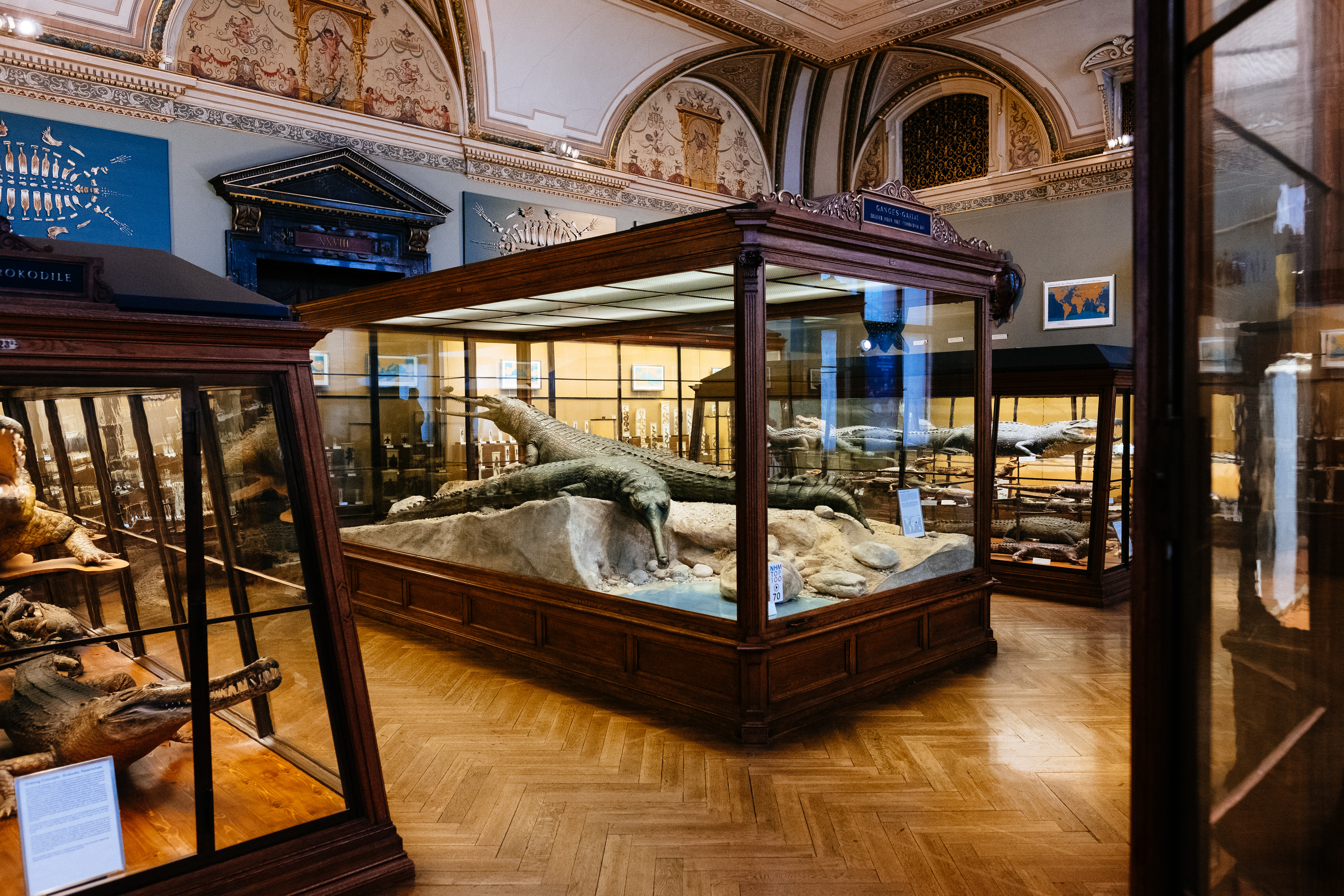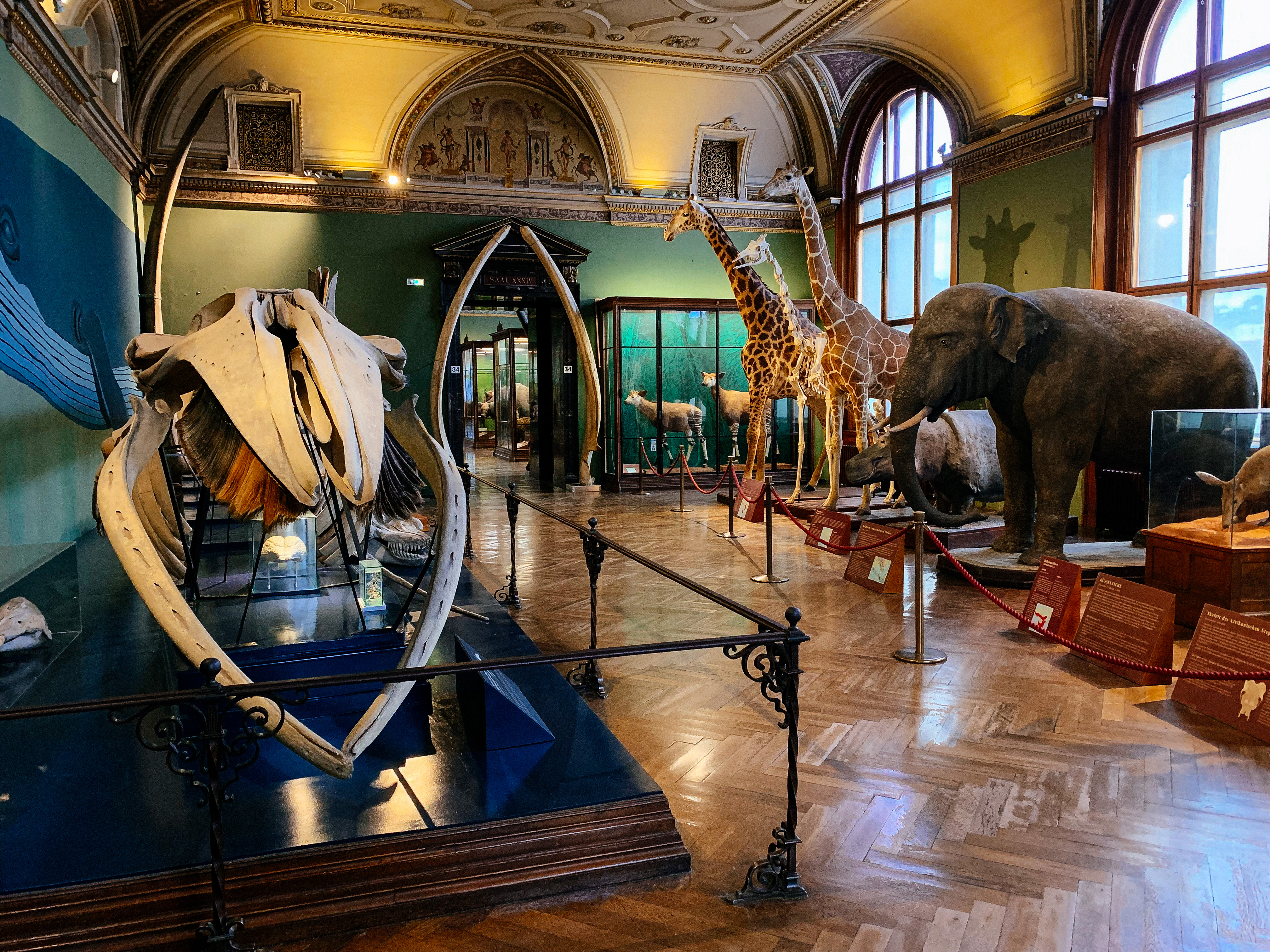 Apple iPhone XS (4.25mm, f/1.8, 1/25 sec, ISO400)
Apple iPhone XS (4.25mm, f/1.8, 1/25 sec, ISO400)
Digital photography has come a long way. That’s especially true for the cameras in our phones. Time to bring my new iPhone Xs to a museum.
No, I didn’t go to the museum to test the camera in my iPhone. I went there with my X Pro-2 plus the XF 16/1.4 WR and the XF23/1.4 R. The two lenses I didn’t bring on my last vacation. I just wanted to see if I should sell the lenses or if I rather keep them. I won’t sell them but that’s a different story.
On my way out I realized that I should also try out the camera in my phone. I already know that it’s much better than the one on my previous phone, the iPhone 6plus, but I didn’t shot in low light to far.
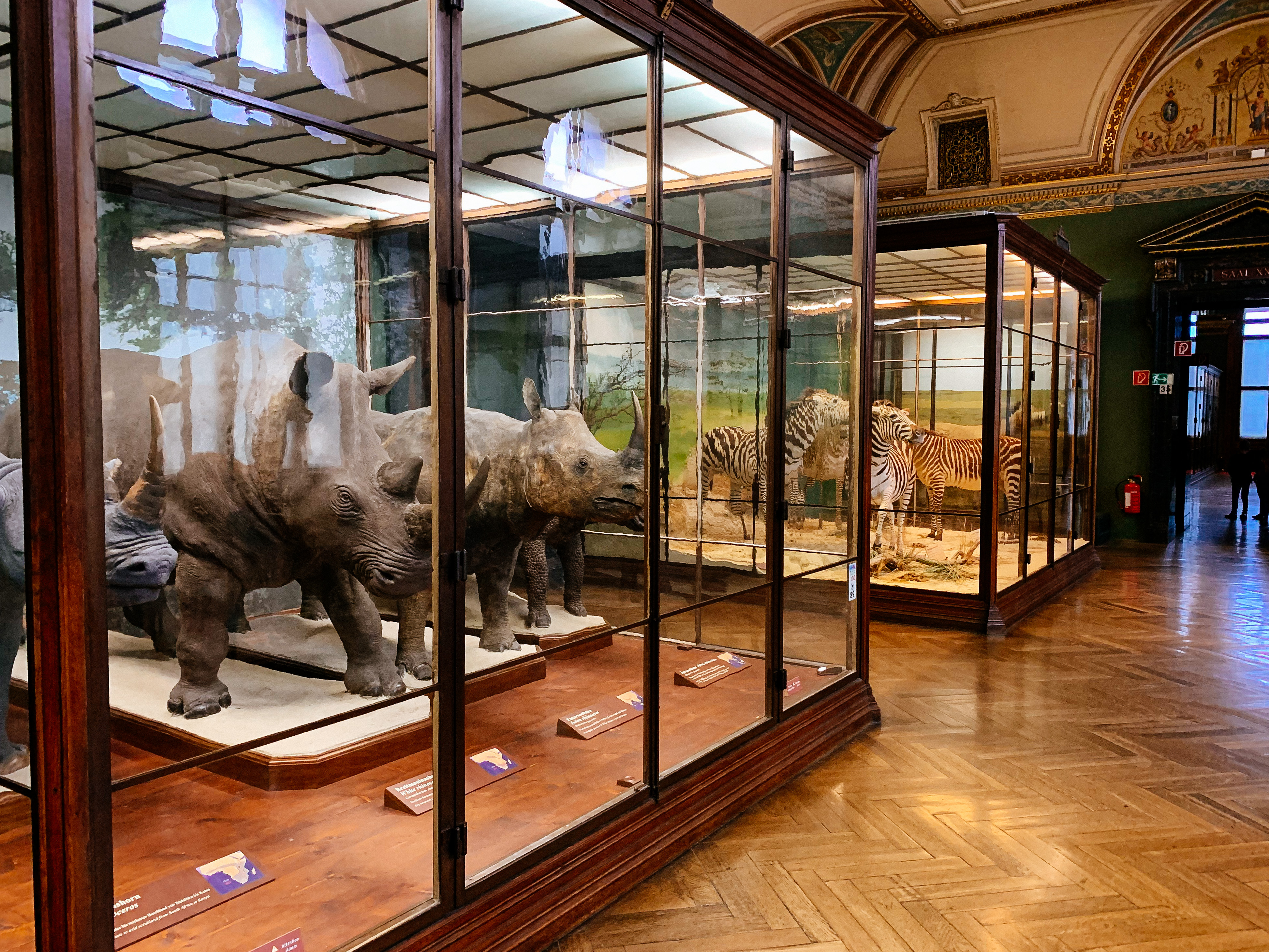 Apple iPhone XS (4.25mm, f/1.8, 1/35 sec, ISO320)
Apple iPhone XS (4.25mm, f/1.8, 1/35 sec, ISO320)
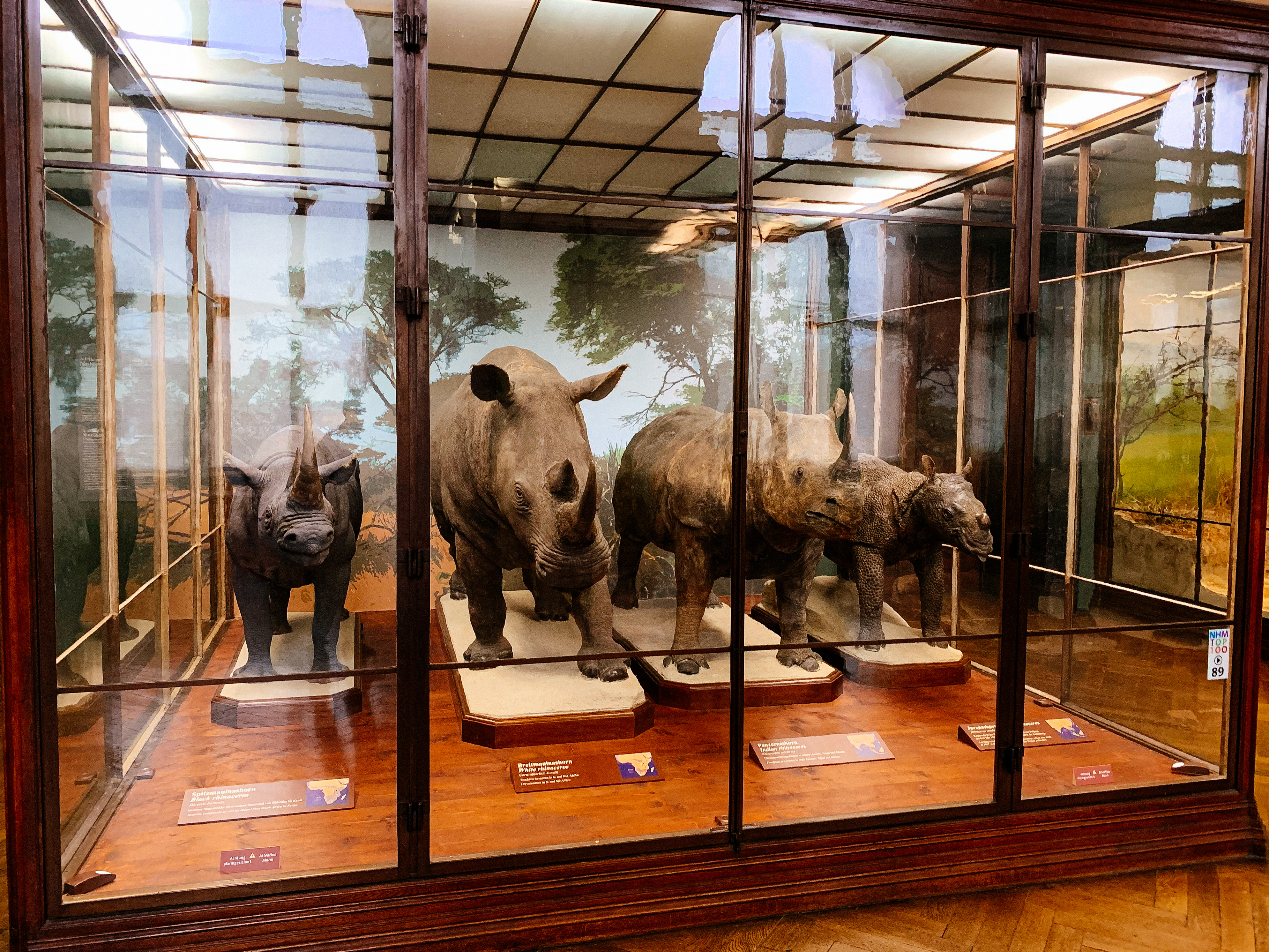 Apple iPhone XS (4.25mm, f/1.8, 1/50 sec, ISO320)
Apple iPhone XS (4.25mm, f/1.8, 1/50 sec, ISO320)
When I took the images I immediately realized how fantastic the screen is and how perfect the auto white balance worked. What you see is what you get! Same is true regarding exposure. You push the display – Apple does the rest. It’s easy to understand why smartphones have replaced compact digital cameras.
But what about the quality? It doesn’t replace a real camera in low light. The images look great if watched on a screen but of course there is a limit. If you love to pixel peep you should use a camera with a larger sensor instead. Talking about pixel peeping: I uploaded all images in full size. Just click on the image and enjoy.
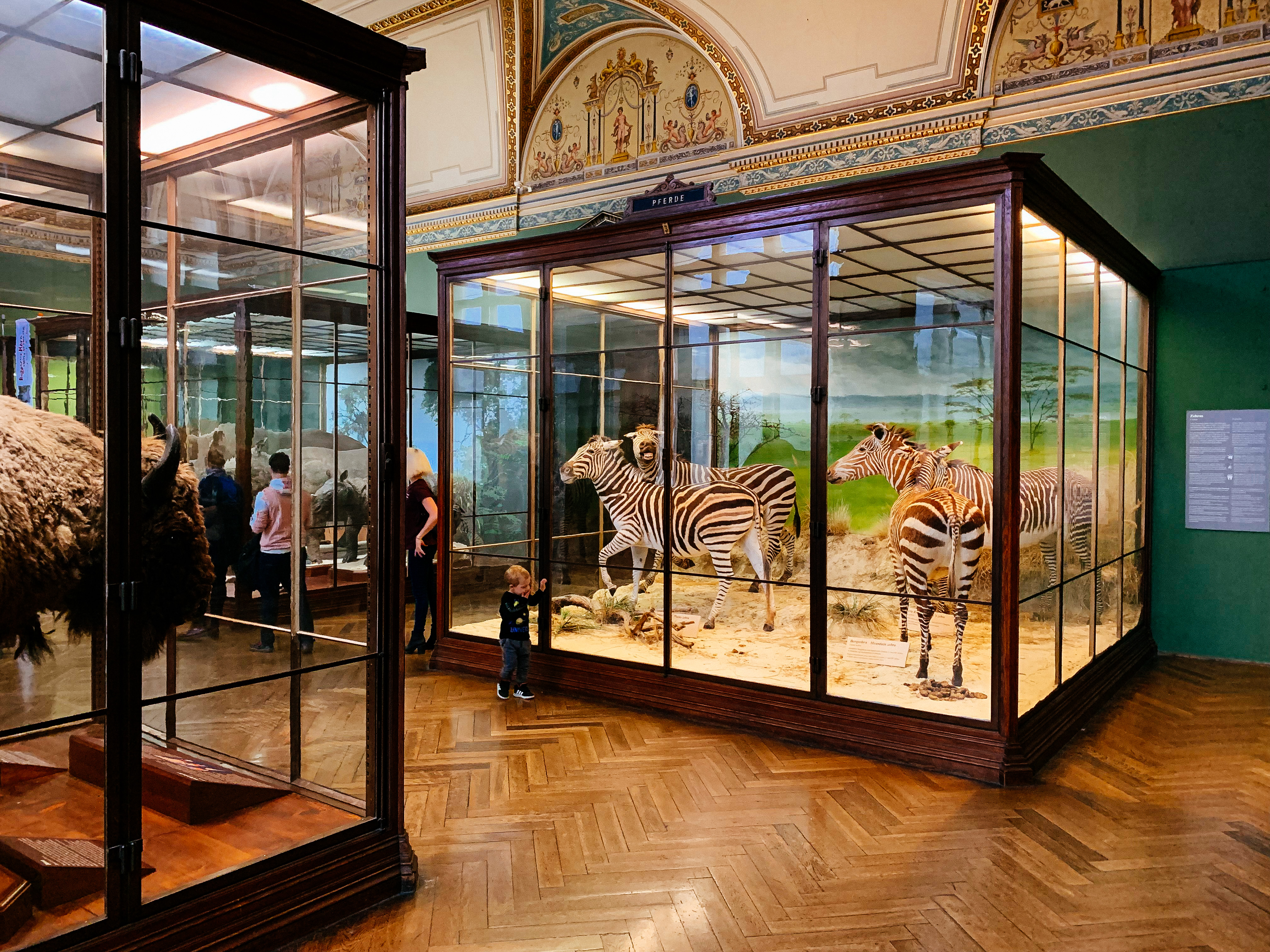 Apple iPhone XS (4.25mm, f/1.8, 1/35 sec, ISO320)
Apple iPhone XS (4.25mm, f/1.8, 1/35 sec, ISO320)
 Apple iPhone XS (4.25mm, f/1.8, 1/30 sec, ISO500)
Apple iPhone XS (4.25mm, f/1.8, 1/30 sec, ISO500)
So you have looked at the images at pixel level. Looks like a painting. True but if you look at the images on a computer screen without enlarging it or if you look at the images on an iPad or iPhone they will be just fine. They are good enough.
Flash back to the year 2006. This is the year when our mobil phones were still just phones or email machines at best like my old blackberry. This is the year when I took the images below. With a Nikon D200 plus the 12-24 DX. High ISO performance was not the strong point of digital cameras back then so I brought a massive tripod to take the images below. Of course you are not allowed to bring a tripod to this museum! I got away with it because a friend of mine works there as a scientist.
He is in the second shot. I asked him to stand as still as possible because it was a 5 second exposure! At such a long shutter speed people that just walk through your images are not recorded. BTW: I had the same massive Gitzo tripod with a big ball head that was much heavier that my camera bag.
The resolution of the Nikon was only 10MP, my phone now has 12. Of course the image quality of the DSLR is better since I shot at base ISO. But the main point is: 12 years ago it was impossible to get a decent image in the museum without a tripod. Today you can get images that are good enough for the internet with a phone!
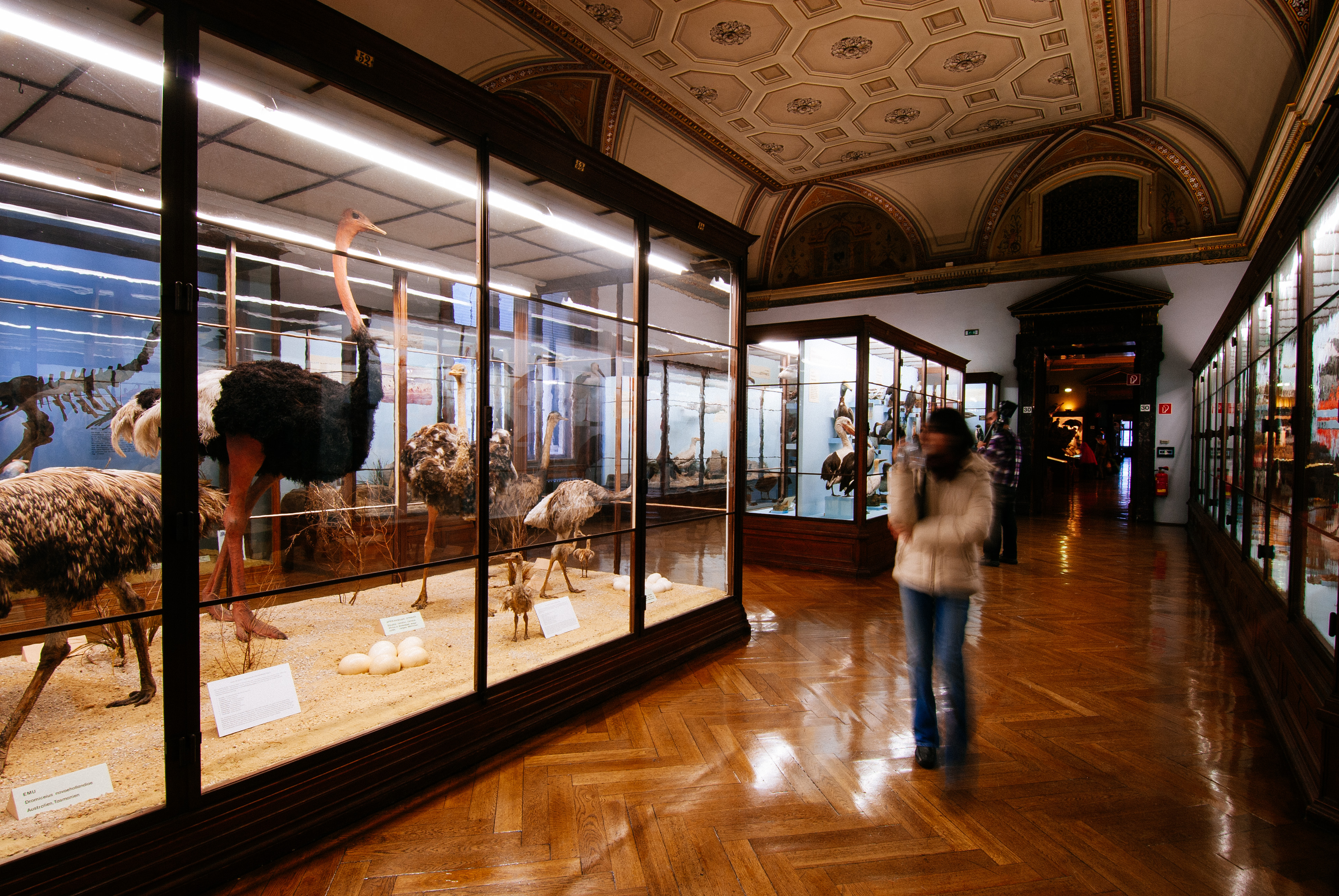 NIKON D200 (12mm, f/11, 1/1.3 sec, ISO100)
NIKON D200 (12mm, f/11, 1/1.3 sec, ISO100)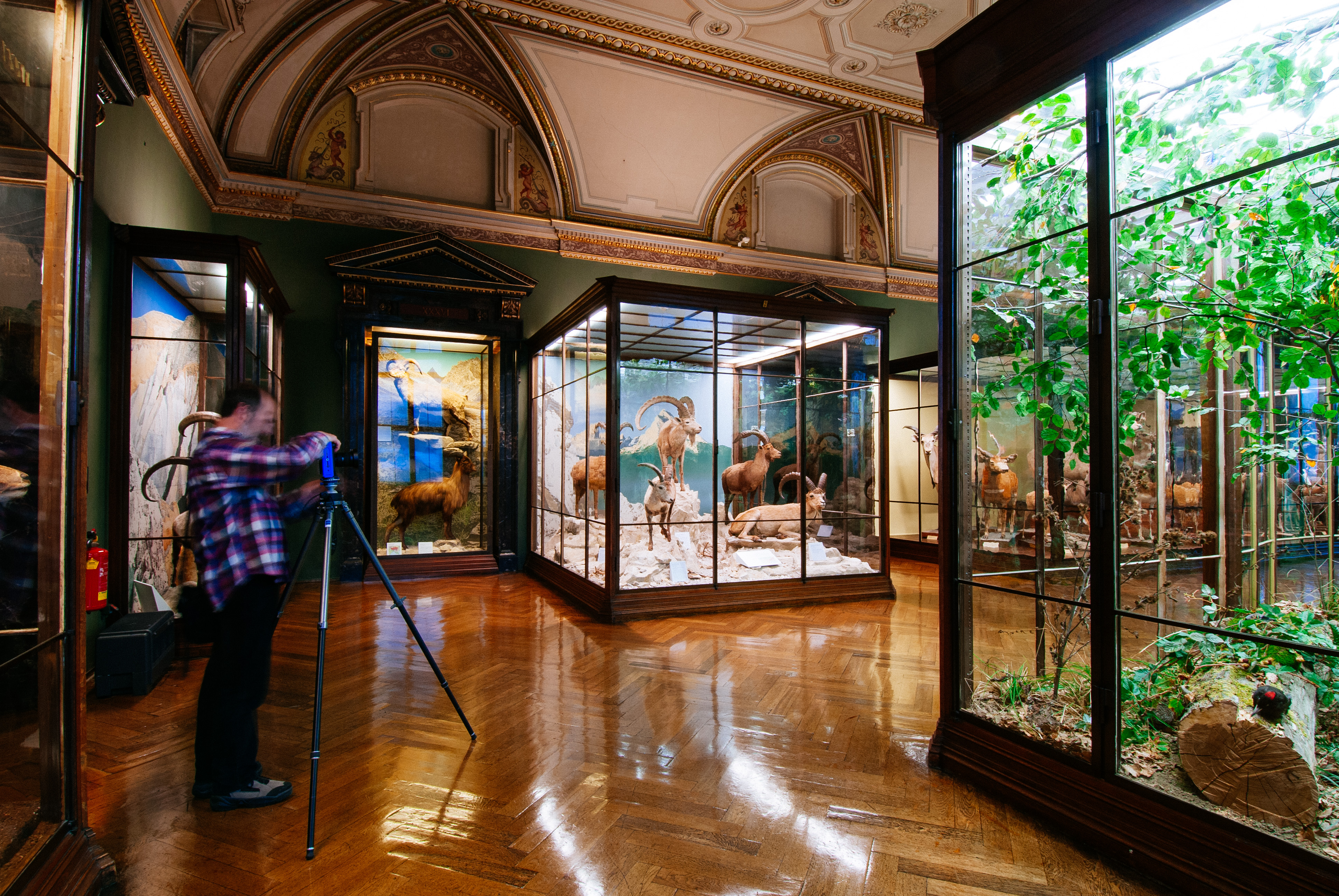 NIKON D200 (12mm, f/11, 5 sec, ISO100)
NIKON D200 (12mm, f/11, 5 sec, ISO100)
But of course you get an even better image when you use a real camera with excellent high ISO performance like my Fuji X Pro-2. Combine that with a lens with image stabilization and you can get impressive shots.
With OIS you can get away with much longer shutter speeds. I don’t think I fully exploited the potential but I wanted to be on the safe side.
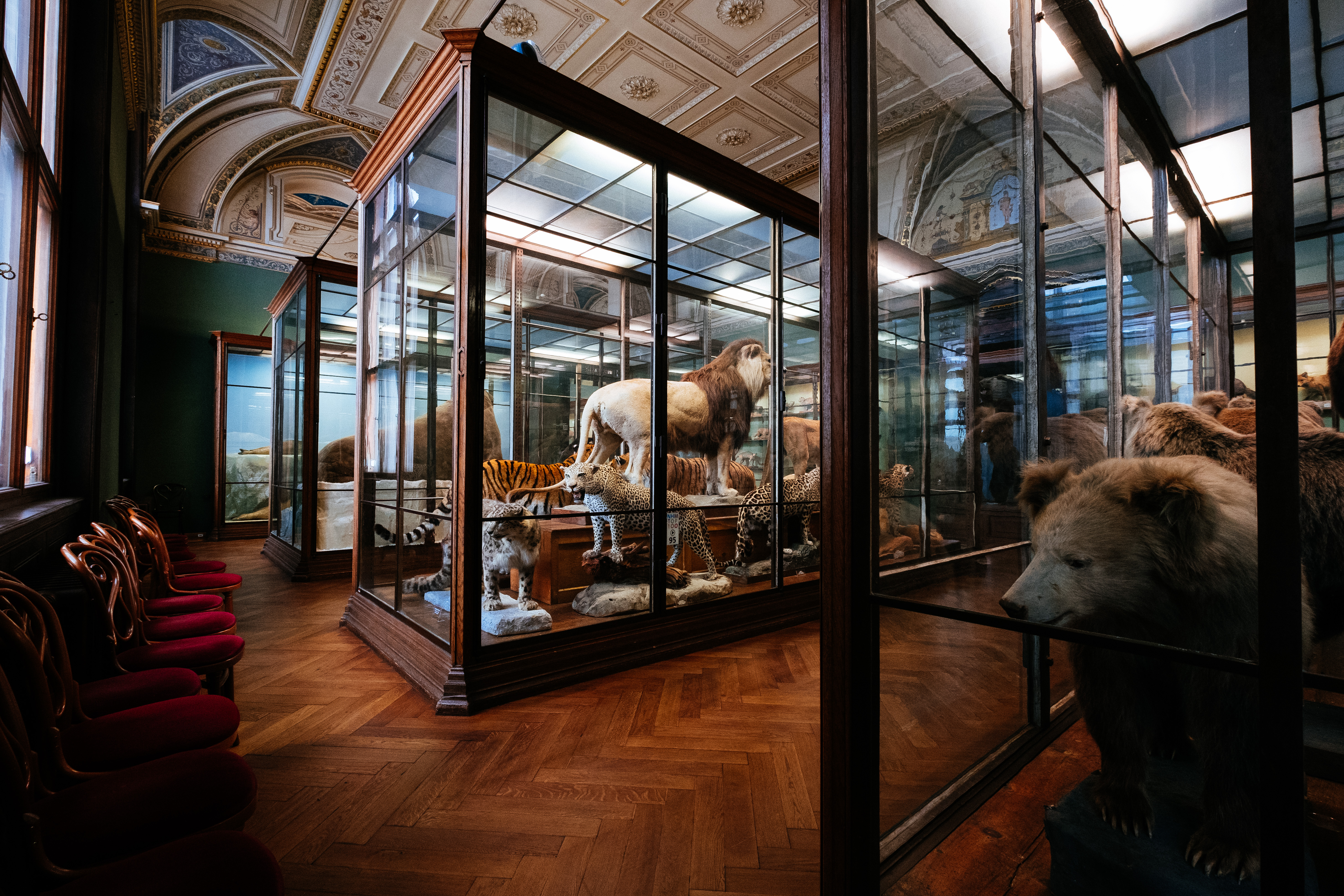 FUJIFILM X-Pro2 (10mm, f/5.6, 1/15 sec, ISO1600)
FUJIFILM X-Pro2 (10mm, f/5.6, 1/15 sec, ISO1600)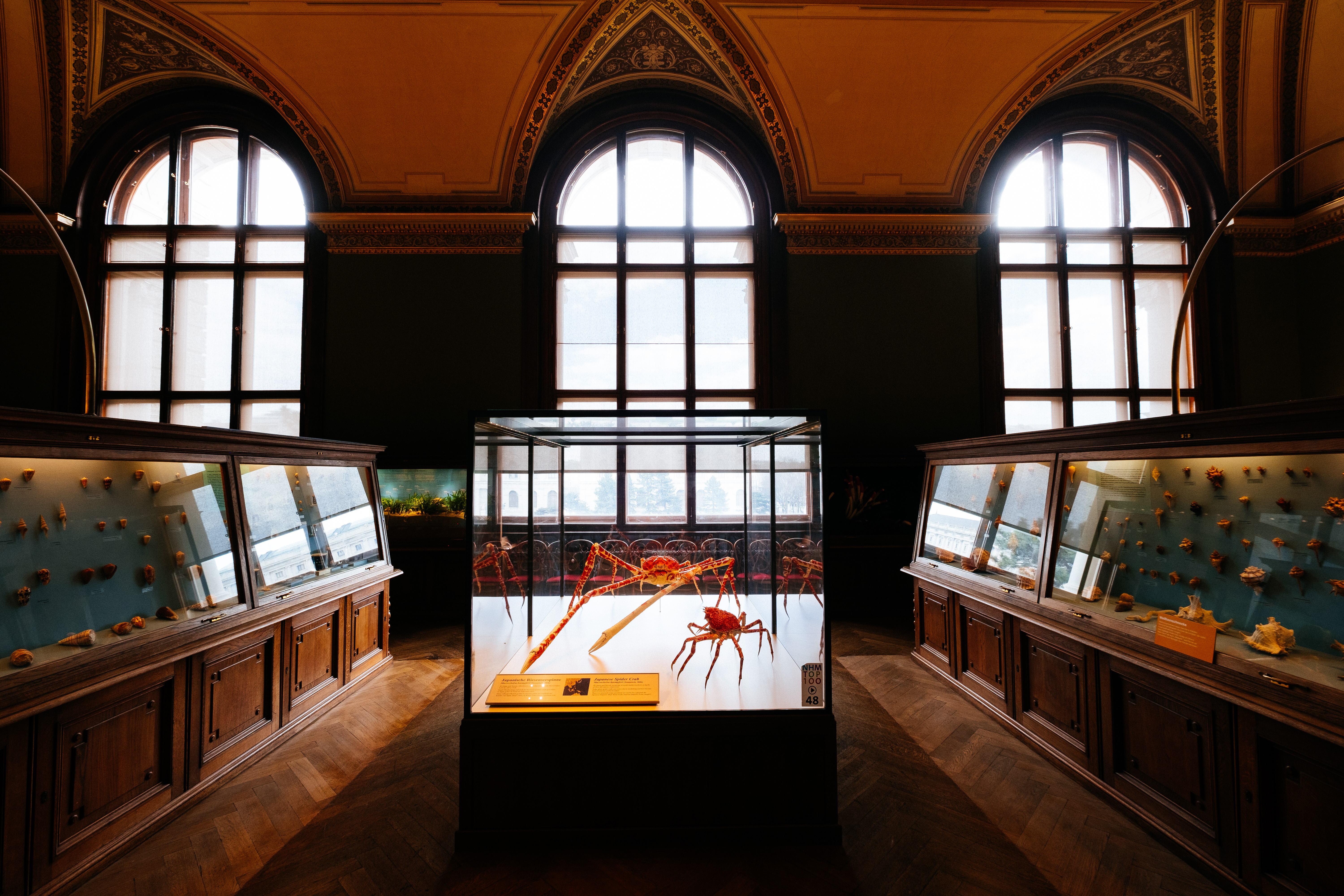 FUJIFILM X-Pro2 (10mm, f/5.6, 1/20 sec, ISO200)
FUJIFILM X-Pro2 (10mm, f/5.6, 1/20 sec, ISO200)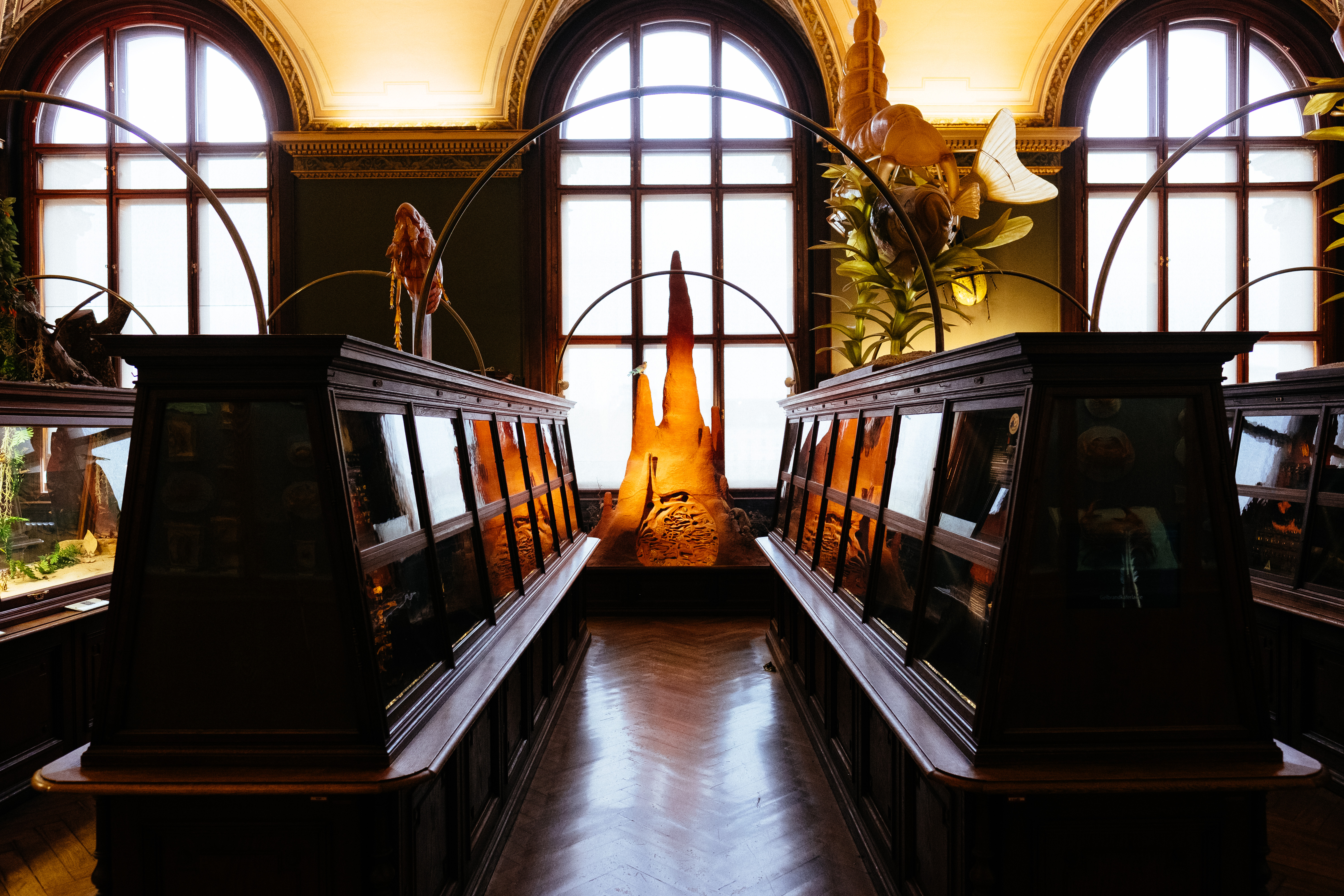 FUJIFILM X-Pro2 (16mm, f/2.8, 1/60 sec, ISO1250)
FUJIFILM X-Pro2 (16mm, f/2.8, 1/60 sec, ISO1250)
Another option of course is a fast prime. With a fast prime you can use a larger aperture to avoid high ISO values. Of course a faster shutter speed also helps to stop motion of your subject. Theoretically, the chameleon below is not going anywhere.
Amazing times regarding photography but that’s not good enough. I have become a spoiled kid. Of course I don’t want to bring a tripod anymore even to places where it is still allowed. Of course I want to shoot my prime lenses even though they have no image stabilization built in. I want my camera to have a stabilized sensor that provides my with 3-4 stops compensation. And of course my camera must not be any bigger or heavier! I want everything and I want it now!
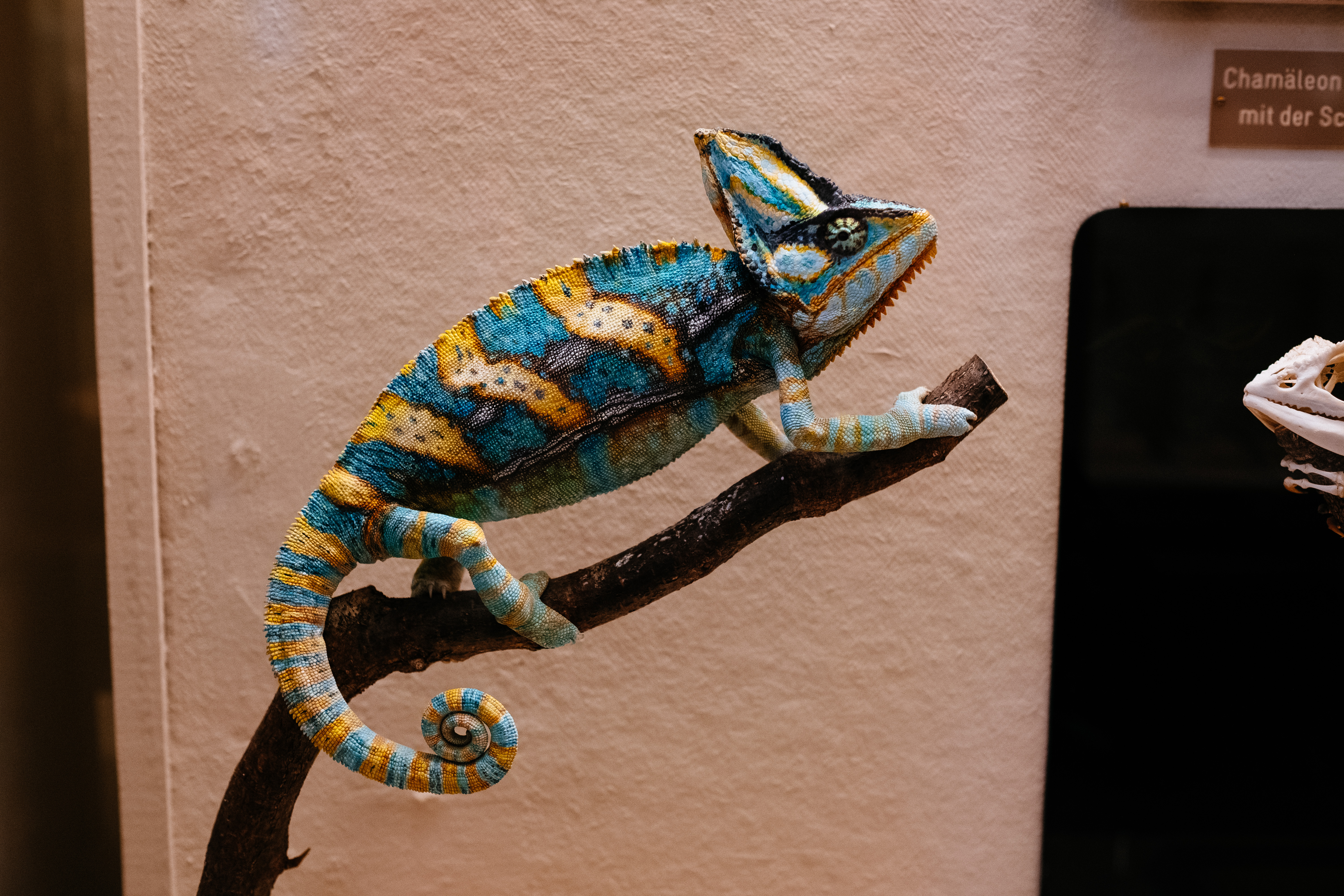 FUJIFILM X-Pro2 (23mm, f/2.8, 1/60 sec, ISO1250)
FUJIFILM X-Pro2 (23mm, f/2.8, 1/60 sec, ISO1250)
And I don’t think I will have to wait very long for that. I expect that future Fuji bodies will offer IBIS (in body image stabilisation) and I’m not talking only about the X-H2. I expect that the successor of the X-T3 will have IBIS.
Why I’m so confident? I think camera makers have no choice. They can’t hold back features anymore. Not because of their competitors but because of smartphones. I think smartphones are a much bigger threat to camera makers and if they want to survive they need to offer customers a real good reason to still use a camera instead of simply using the cameras in their phones,
You think I’m crazy? Scroll through this blog post again without zooming into the images. Now imagine the camera in an iPhone which is another two or three generations away. Smartphone cameras are not there yet but they have come a long way and the companies behind them are among the biggest and richest in the world.
Today 90% of all images are taken with either phones or tablets. I start to worry that the remaining 10% might not be enough to keep all camera makers in business.
But to end with a positive note: After I shot my new iPhone Xs in various conditions including in my favourite museum I only can say: Consider me impressed.

